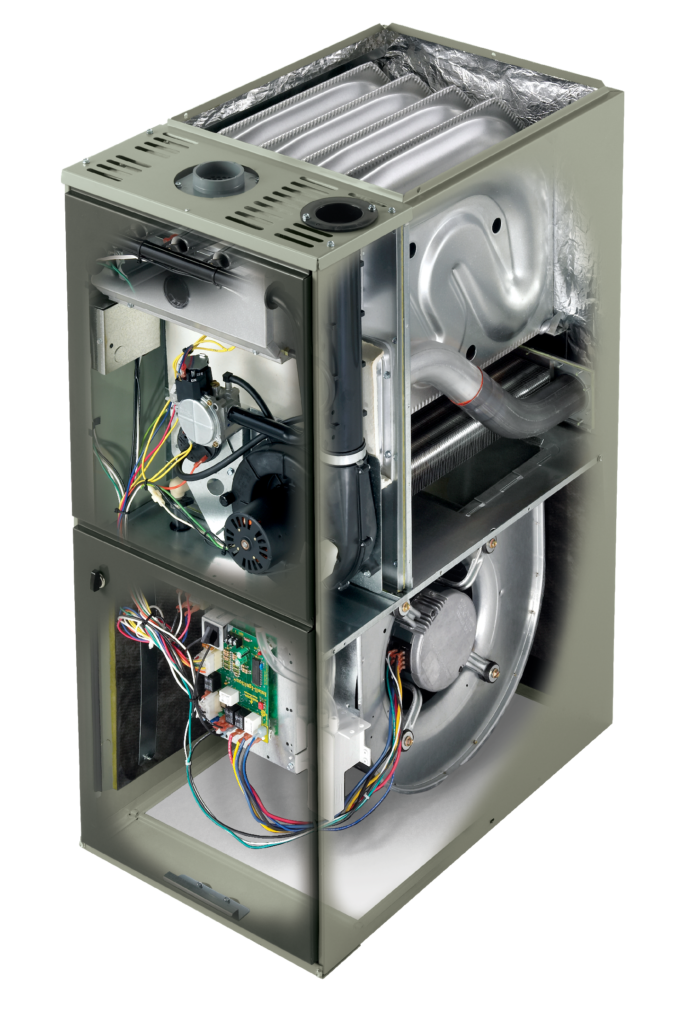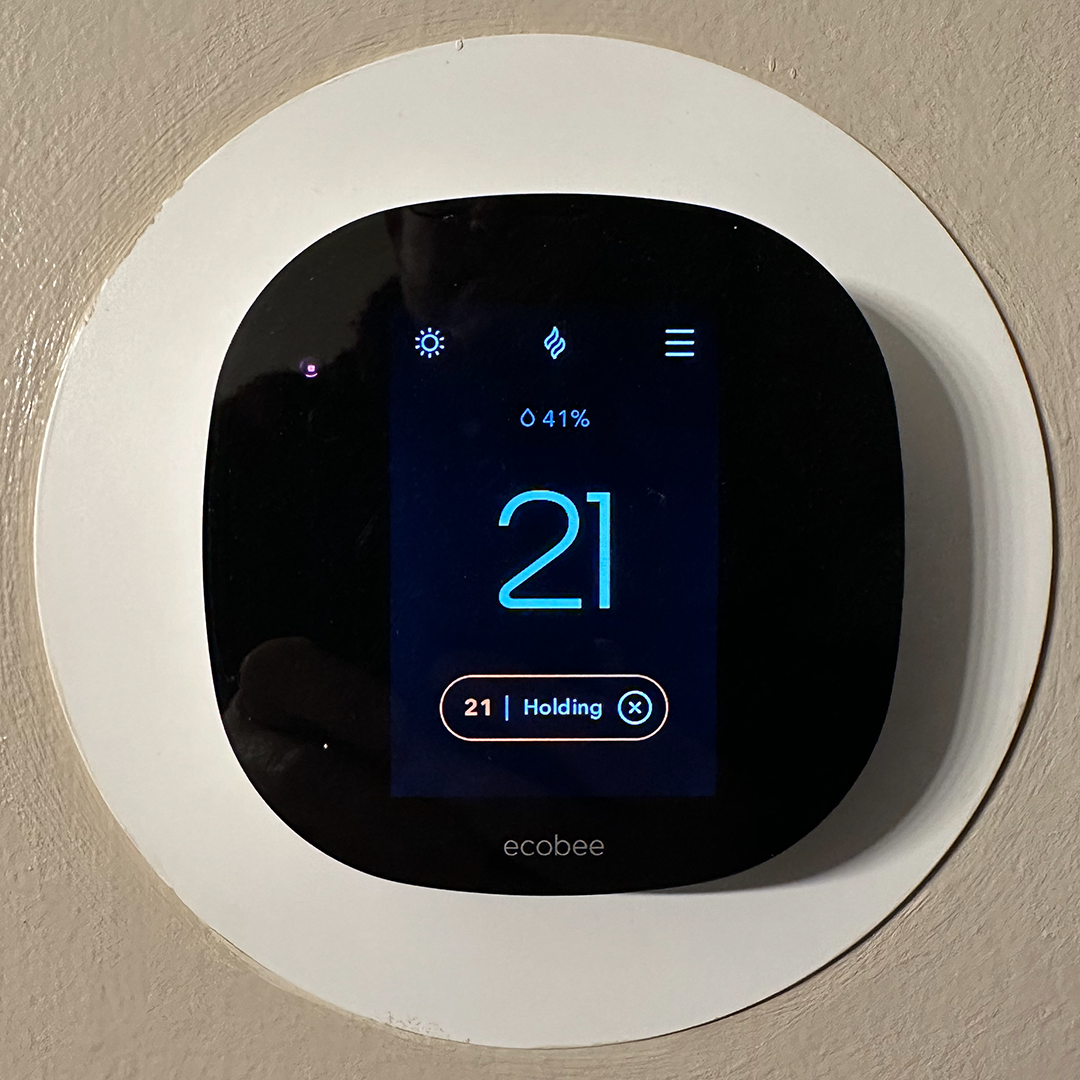The Average Life Expectancy of a Furnace
In today’s swiftly advancing technological world, homeowners frequently encounter the conundrum of when to replace major appliances. One such critical appliance is the furnace, the heart of the home during chilly seasons. The average life expectancy of a furnace is a pivotal piece of knowledge for homeowners aiming to maximize their investment.
The durability of a furnace can be likened to that of a car; proper maintenance, timely repairs, and optimal usage can significantly extend its lifespan. This report delves into the specifics of furnace life expectancy, elucidating both the intrinsic and extrinsic factors that determine its longevity.
By the end, homeowners will be better equipped to make informed decisions about furnace maintenance, repair, and eventual replacement. Having a solid understanding of furnace life expectancy, the signs of a failing furnace, and how to maximize your furnace’s lifespan, will help you make the most of your furnace’s lifetime. Let’s jump in.

How Long Does a Furnace Last?
When it comes to your furnace’s longevity, the short answer is: it depends. Depending on the type of furnace, the quality of the equipment, the maintenance you invest in it, and other influential factors like the climate you live in, your furnace’s life expectancy will vary. Generally, however, the average lifespan of a furnace is estimated to last anywhere from 15 to 20 years. But, this could be shorter or longer depending on the care you provide it.
The most common furnaces include forced-air gas furnaces, electric furnaces, and oil furnaces. Forced-air gas furnaces are known to last longer, with a life expectancy of 18 to 20 years, while oil furnaces last around 15 to 20 years and electric furnaces last the least amount of time, up to 15 years.
Average Life Expectancy of a Furnace: Furnace Lifespan
When it comes to the median life expectancy of a furnace, it is 15 to 20 years. This wide span of time indicates there are some factors that can influence the expected lifespan of your furnace. The type of furnace you own, how well you maintain it, and the climate you live in are only a few of the factors that can influence your furnace’s expected lifespan.

Heating System Maintenance
It is recommended that homeowners have their furnace regularly checked and maintained. Not only will maintenance keep your furnace running efficiently and effectively, but it will also likely result in fewer repair bills and a longer lasting furnace. Many industrial furnaces have specific maintenance schedules and require regular checkups and tuning performed by a licensed professional furnace repair technician. Proper maintenance will help to prolong the life of your furnace and keep it running as effectively and efficiently as possible.
What is the average lifespan of a furnace?
The average lifespan of a furnace is approximately 15 to 20 years, depending on the type of furnace, maintenance provided, and other influential factors such as locale and climate. The most common types of furnaces and their estimated life expectancy are: forced-air gas furnaces (18 to 20 years), oil furnaces (15 to 20 years), and electric furnaces (up to 15 years).
What are the common signs of a failing or worn-out furnace?
Common signs to identify if a furnace is failing or near the end of its expected lifetime is if it needs frequent repairs, the blower fan is running, or if there is a strange odor coming from the furnace. Other telltale signs include soot in the vicinity of the burner, temperature discrepancies between rooms, age, and efficiency ratings.
What can I do to maximize the lifespan of my furnace?
Investing in regular maintenance to keep your furnace running smoothly and efficiently is key to maximizing its lifespan. In addition, it is important to change your air filters, clean the unit, and clean the area around the unit to make sure it is not blocked from proper air flow and ventilation.

What factors reduce the lifespan of a furnace?
The most common factors that can reduce the expected lifespan of a furnace include lack of maintenance, poor installation, and a poor choice of fuel source. Additionally, severe temperature swings, large numbers of occupants, and the accumulation of dust and debris can reduce the effectiveness of the furnace, cause it to work harder, and, consequently, reduce its expected lifespan.
Conclusion
Having a solid understanding of furnace life expectancy, the signs of a failing furnace, and how to maximize your furnace’s lifespan, will help you make the most of your furnace’s lifetime. Choosing the right furnace, investing in regular maintenance, and taking into account your climate and other influencing factors, are all key to helping your furnace last as long as possible.
In summary, the average lifespan of a furnace is estimated to last anywhere from 15 to 20 years, depending on the type of furnace, the maintenance you invest in it, and other influential factors such as climate and locale. Signs of a failing or worn-out furnace include needing frequent repairs, the blower fan running, and a strange odor.
Some things homeowners can do to maximize their furnace’s lifespan is invest in regular maintenance, change their air filters, clean the unit, and clean the area around the unit to ensure proper air flow and ventilation. On the other hand, factors that reduce the expected lifespan of a furnace include lack of maintenance, poor installation, poor choice of fuel source, and extreme temperature swings.
Want to prolong the life of your furnace? Be sure to review our Furnace & AC maintenance packages. The average life expectancy of a furnace can always be prolonged with a proper maintenance package.
